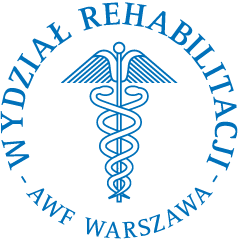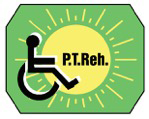


|
Current issue
Archive
Manuscripts accepted
About the journal
Editorial board
Reviewers
Abstracting and indexing
Contact
Instructions for authors
Publication charge
Ethical standards and procedures
Editorial System
Submit your Manuscript
|
abstract:
Original article
Effect of kinetic control training on pain and craniovertebral angle symptomatic forward head posture
Noura Metwally Khalifa
1
,
Adel Rashad Ahmed
1, 2
,
Eman Ahmed Embaby
1
,
Asmaa Hossam
1
Advances in Rehabilitation
Online publish date: 2025/09/19
View
full text
Get citation
ENW EndNote
BIB JabRef, Mendeley
RIS Papers, Reference Manager, RefWorks, Zotero
AMA
APA
Chicago
Harvard
MLA
Vancouver
Introduction
Forward head posture (FHP) is a condition where the head shifts anteriorly in the cervical spine's sagittal plane, which affects the activation of the muscles encompassing the shoulder complex as well as scapular mechanics, leading to changes in force couples, tissue overuse, pain, weakness in the deep cervical flexors, and uncontrolled movement of the cervical and shoulder muscles. Material and methods Forty-two participants with symptomatic FHP, aged 18-40 years, were randomly distributed into two equal groups; in the control group (A), 21 participants received conventional physical therapy; in the experimental group (B), 21 participants underwent the same treatment as the control group plus kinetic control exercises (KC). Treatments were conducted three times weekly for four weeks. Craniovertebral angle (CVA) by Photographic Posture Analysis Method, pain severity by Numeric Pain Rating Scale (NPRS), neck function by Neck Disability Index (NDI), and Deep Cervical Flexor Endurance (DCFE) by Craniocervical Flexion Test (CCFT) were evaluated pre- and post-study program. Results Post-intervention, comparisons between groups demonstrated a further significant improvement in NDI and DCFE in group B compared to group A (p < 0.05) across both groups. Conclusions KC is more effective in improving DCFE (motor control) and functional disability than conventional therapy. Both KC and conventional therapy demonstrated equal effectiveness in enhancing CVA and NPRS. keywords:
forward head posture, kinetic control, deep cervical flexor endurance |
    |